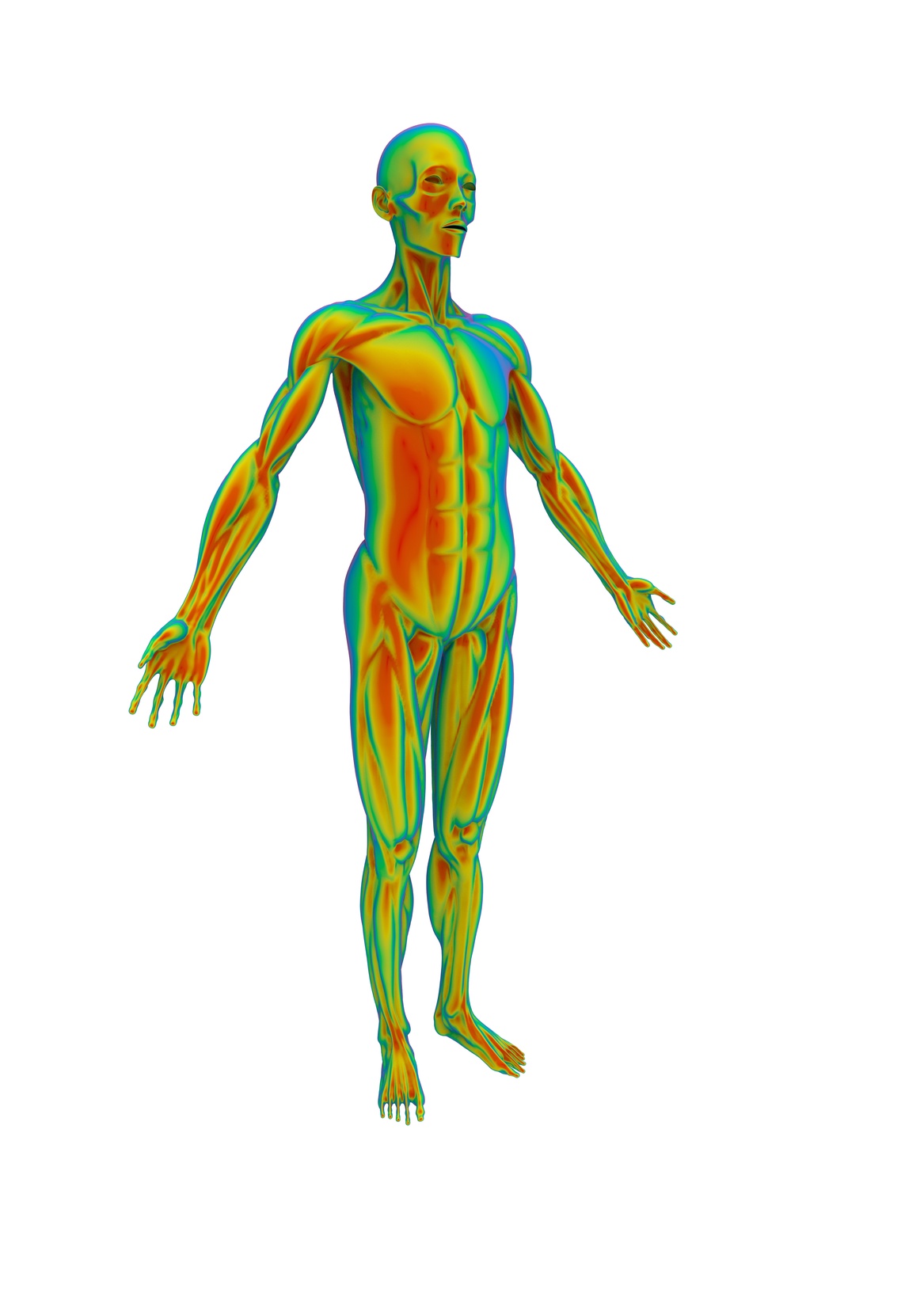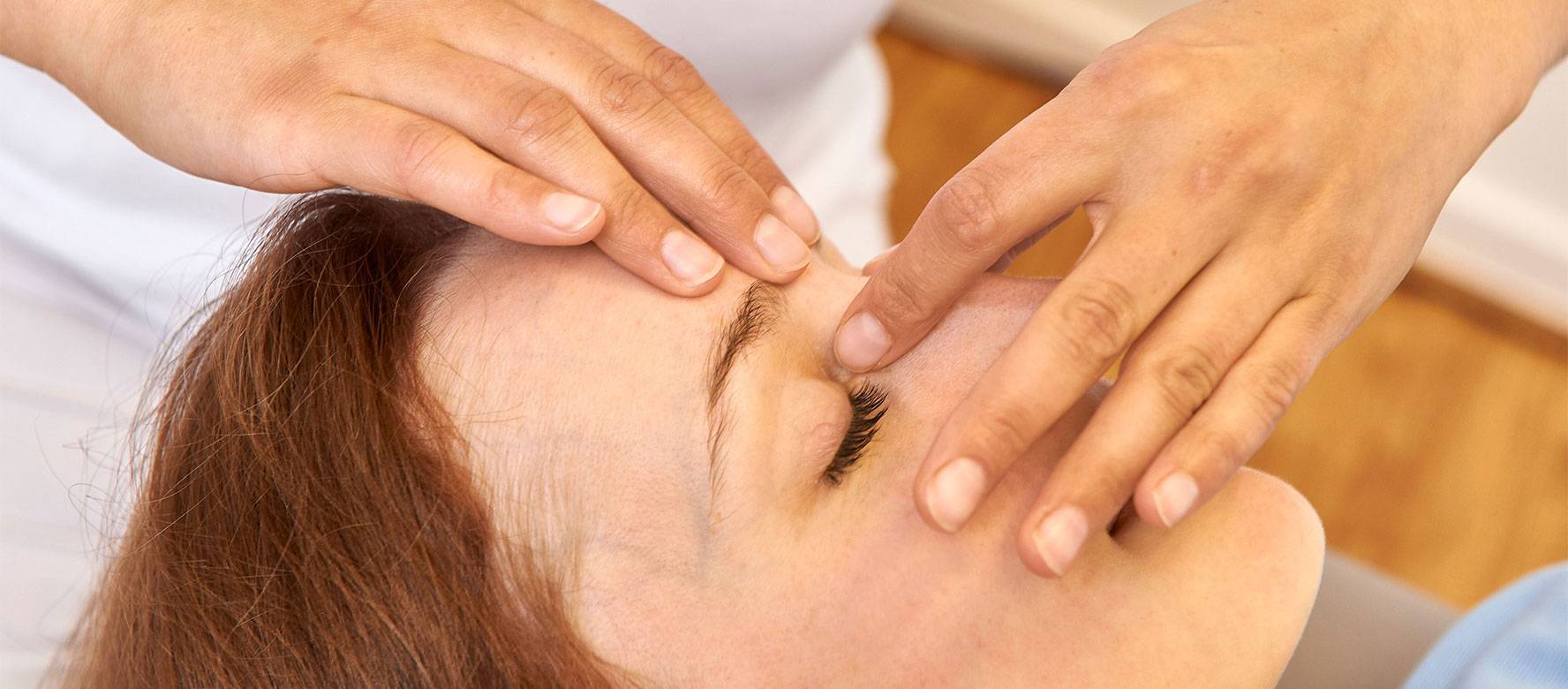Osteopathy and fascia therapy
Osteopathy goes back to AT Still, who formulated its basic principles in the nineteenth century. The focus is on the body's self-healing powers and the principle of always viewing the body as a unit. The osteopath uses his hands to diagnose and treat not only joints, but also tensions in muscles, tissues, organs and bones. The aim is always to restore the organism's free function.
Despite their gentleness, the treatment techniques used are highly effective and require intensive training of the osteopathic therapist.

A very important structure within osteopathy is the fascia
These are connective tissue sheaths that surround all organs and muscles and form a kind of inner skin. They connect all structures in the organism with each other. Fascial tension can spread throughout the entire body and cause poor posture and metabolic disorders.
Of course, such tensions also have causes that must first be found and treated. In addition to the osteopathic examination, we use functional myodiagnostics for this purpose.
The causes are then treated using the core methods of our practice before we turn to the fascia itself.
Matrix therapy and acupuncture in particular are important methods for fascia treatment, as they also address the effects of fascia tension on metabolism and distant regions.
These are then supplemented by local trigger point treatments, micro-impulse techniques (NIT) and other methods.



